SUMMARY
This is AI generated summarization, which may have errors. For context, always refer to the full article.
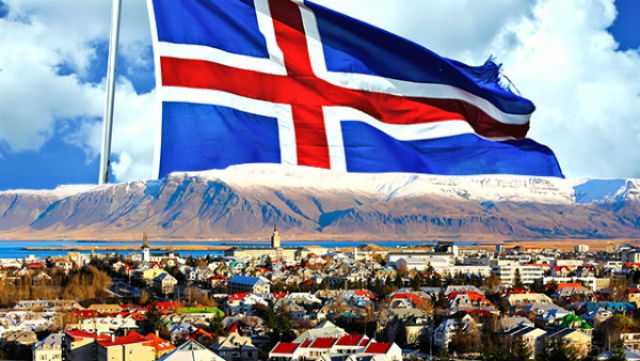
MANILA, Philippines – Iceland earlier found itself the subject of President Rodrigo Duterte’s ire when the tiny nation led a resolution at the United Nations rights council calling for action on the high number of drug war killings in the Philippines.
Duterte went for the punchline – drawing attention to the country’s name as he jokingly blasted it for having “too much ice.” (READ: Why Iceland led UN resolution on PH drug war killings)
Iceland, as the world knows, is not completely covered in ice. Though the country has a cold climate, it experiences milder temperatures which allows it to experience green summers and boast of world-renowned natural sites. Unlike its neighboring Greenland – whose territory is over 80% covered in ice – only about 11% of Iceland is ice-capped.
Beyond Iceland’s geology, here’s what you should know about the the island nation making waves at the highest rights body in the world:
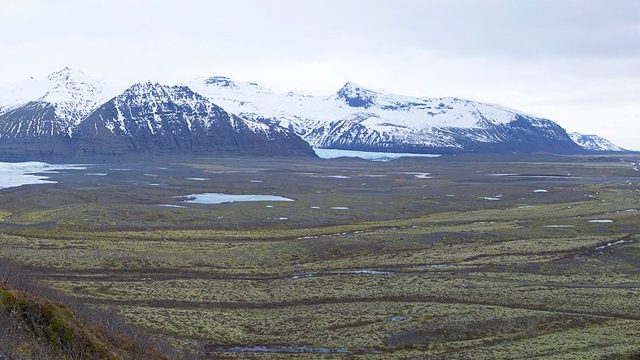
1. What’s in a name?
The story behind Iceland’s name can be traced back to its Viking settlers. According to National Geographic, Norse custom was “to name a thing as they saw it.”
For Iceland, its first name was “snow land” as Naddador, the first Norse explorer to reach Iceland, arrived in the country when it was snowing. Following this, Iceland would be called “Garðar’s Isle” after Swedish Viking Garðar Svavarosson’s arrival on the island.
Iceland got its final name from viking Floki Vilgerdarson, which named the place “Land of Ice.” Vilgerdarson was said to have experienced a bitter winter on the island when his livestock starved to death.
Legend has it that sad and frustrated, Vilgerdarson climbed a mountain, after which he saw a fjord of icebergs – thus leading the place to be called Iceland as we know it today.
2. Oldest parliament in the world
Iceland is also known to have one of the oldest parliaments in the world.
According to Reykjavík’s official tourism site, Iceland has the world’s oldest functioning legislative assembly called the “Althingi,” which was established in 930 AD. The Althingi consists of 63 members elected for a term of 4 years by popular vote.
In the years after 1000, two-week general assemblies were held yearly and were considered social events of the year. There, leaders met on legislation and decided on judicial cases. The event also allowed all free and law-abiding citizens to attend.
The Althingi Administration said the assemblies were well-attended as it was considered the “center of power and interaction.” At the heart of its proceedings was the Lögrétta or the Law Council, which “ruled on legal disputes, enacted new legislation, and granted exemptions from law.”
Decisions, it said, were made by simple majority.

3. Most gender-equal country in the world
Aside from this, Iceland holds the title of being the most gender-equal country in the world.
The World Economic Forum’s (WEF) 2018 Global Gender Gap Index saw Iceland take the top spot for a decade, having closed over 85% of its overall gender gap. The country was observed to have high political empowerment, economic participation and opportunity, and educational attainment for women.
Gaps, however, were still seen in health and survival as the country ranked 121 out of 149 countries. The WEF looked into the differences between women’s and men’s health based on life expectancy. It also studied the phenomenon of “missing women” in countries where families prefer to have sons over daughters.
Meanwhile, Iceland is known as one of the few countries to pass legislation that ensures equal pay for men and women. In 2018, Iceland implemented the “Equal Pay Standard,” which required government agencies and private companies to prove they were paying men and women equally.
For the small island nation of some 340,000 people, this required companies with at least 25 full-time employees to study their salary structures every 3 years to make sure men and women were being paid the same amount for the same jobs.
Prior to the passage of the law, protests in 2016 saw women leave their jobs at 2:38 pm – the time at which they calculated they stopped being paid for equal work.
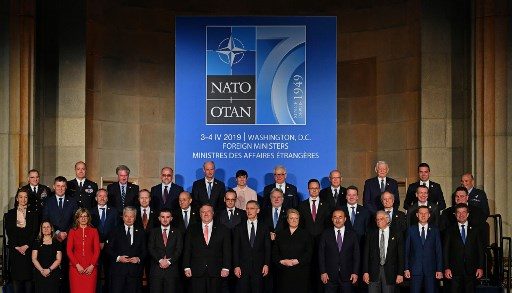
4. No military force
Unlike many countries all over the world, Iceland has no military force. However, it has a coast guard and national police, and is also a member of the North Atlantic Treaty Organization (NATO).
According to the official website of Iceland’s government, the nation contributes to NATO through financial contributions and civilian personnel. Iceland considers its alliance with NATO and its 1951 Bilateral Defense Agreement with the US as the “two main pillars of its security policy.”
Part of its national security framework includes upholding human rights, championing women’s empowerment, and peace and disarmament. These areas, Iceland’s government said, are among those that it was committed to and which it emphasizes in international cooperation.
“Individual states will not by themselves prevent the proliferation of weapons of mass destruction, terrorism, international crime, environmental degradation…cyber threats, human trafficking…poverty and destitution, nor the threat posed by fragile states,” said Iceland’s Ministry for Foreign Affairs.
“There is a clear connection between the respect for human rights, including the rights of women, and sustainable peace and security,” it added.
Iceland also enjoys low crime rates with a homicide rate of less than 1% per year, according to the US State Department’s Overseas Security Advisory Council.
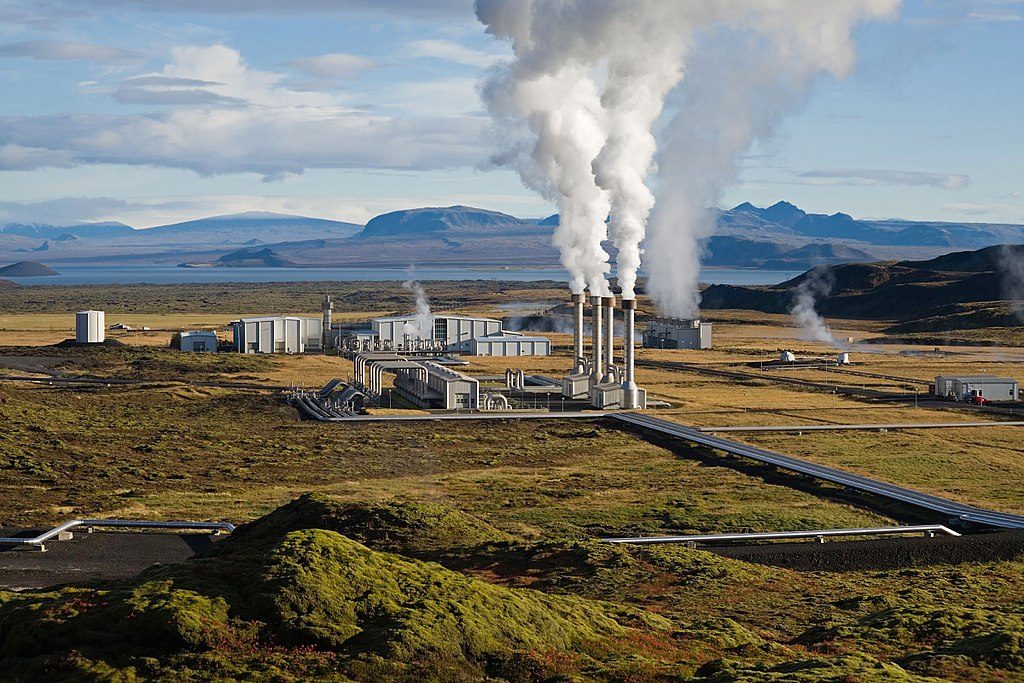
5. Powered by renewable energy
Meanwhile, the United Nations cited Iceland as being among countries where almost 100% of energy consumed comes from renewable energy sources.
The government of Iceland said that as of 2016, 85% of its primary energy supply comes from renewable energy sources produced domestically. This includes 65% coming from geothermal energy, 20% from hydropower, and fossil fuels at 15% – though this is mainly on account of oil products for the transportation sector.
Aside from this, some 85% of all houses are also heated with geothermal energy.
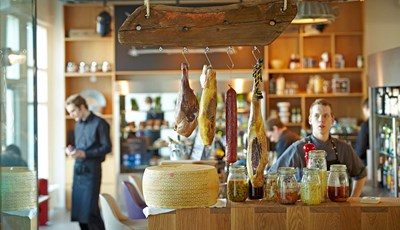
6. Most expensive country in Europe to live in
But for all the novelty Iceland offers from its rich history and forward-thinking policies, it is also among the most expensive countries in Europe to live in.
According to data from Eurostat – the statistical office of the European Union – prices in Iceland were 56% higher than the rest of Europe in 2018. This made Iceland the most expensive country, followed by Switzerland (52%), Norway (48%), and Denmark (38%).
In Iceland, an average dinner for two would cost about 85 euros (P4,872 or $96)* and a dozen eggs some 5 euros (P286 or $6)*.
Despite this, Iceland’s high wages make the cost of living affordable for most who live and work there. Data from Statistics Iceland showed that in 2018, the average monthly wage for a full-time employee was some 4,450 euros (P255,071 or $4,999) before taxes.
According to Breki Karlsson, chairman of the Consumers’ Association of Iceland, this makes wages in Iceland among the highest in Europe. – with reports from Agence France-Presse/Rappler.com
*1 euro = P57.32; 1 euro = $1.12
Add a comment
How does this make you feel?
There are no comments yet. Add your comment to start the conversation.